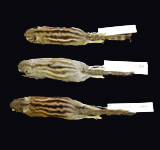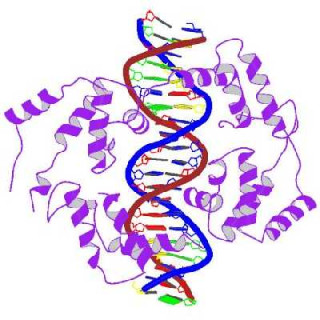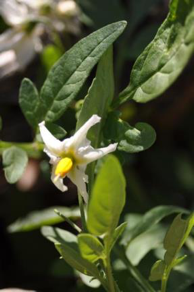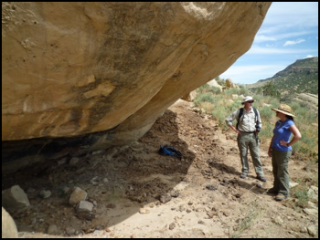Our Labs

The Dr. Sarah B. George Biology Dry Lab is a center for faculty and student research on the biological collections, including vertebrates. and plant specimens.
Fun Facts:
- The Biology Dry Lab is where biological specimens are prepared for curation:
- Mammals are dissected and prepared for storage
- Tissue samples are prepared for genetic analysis
- Specimens are labeled and catalogued
The Biology Dry Lab hosts research into past environments based on ancient plant remains. Captured in deep sediments, especially those in lake floors, plant remains are a valuable proxy of past climatic conditions. This lab is equipped with various microscopes of differing capabilities dedicated to research.
Plant pollen is one of the best sources of information about past plant communities. Preparation of pollen for study is a time consuming and laborious activity. A nearby lab is equipped with the necessary fume hood and other saftey equipment required for this analysis.

The Genetics Lab is designed for University of Utah researchers interested in the molecular analysis of plants, animals, and artifacts curated at the Museum. Future research here will help answer cultural and evolutionary questions and aid with biological conservation.
Fun Facts:
The kinds of studies that can be performed using ancient genetics:
- Resolving taxonomic uncertanties
- Defining evolutionarily diverged units for management within species
- Managing invasive species and their impacts on threatened species
- Minimizing loss of genetic diversity and species extinction
The Anthropology collections include objects made from inorganic materials like stone, glass, metal, pottery as well as organic materials such as bone, plants and animal products such as skin, feathers, quills, horn and antler. Archaeological and ethnographic objects are often classified as objects of mixed composition because they may consist of different types of material, each requiring different methods for care and conservation. The Anthropology Lab enables Museum staff to properly care for the collection, including the oldest and most fragile objects.
Fun Facts:
The Anthropology Lab is designed to help preserve and protect objects with facilities and equipment including a fume hood, movable air exhausts, compact shelving, and work space for faculty, students, staff, interns, volunteers and outside researchers. The lab keeps records dating to the early 1900s.
Researchers are currently working with anthropology collections to better understand:
- Past climates in the Great Basin
- Origins and behaviors of prehistoric people in the region
Daily lab activities include:
- Labeling, photographing, and cataloging incoming objects
- Stabilizing and conserving collection objects
- Maintaining records associated with objects including loans to other researchers and institutions
- Assisting researchers studying objects in the collections
- Advising and teaching University students studying Anthropology with interests in Museum Sciences

Archaeobotany (sometimes called “Paleoethnobotany”) is the study of plant remains from archaeological sites and how people in the past utilized plants. Relevant areas of research based upon archaeological plant remains include subsistence activities, past diets, plant domestication, environmental change and social differentiation.
The NHMU Archaeobotany Lab conducts research on plant macrofossils (seeds, fruits, twigs, tubers, etc.) and plant microfossils (pollen, starch).
Current Archaeobotany Lab research topics include:
- The ecology of human diets during the Holocene at North Creek Shelter. What were the diets of ancient people in southern Utah 10,000 – 6,000 years ago? How and why did diets change over time?
- The archaeology and biology of early events in plant domestication: Evidence from the ‘Four Corners Potato’ (Solanum jamesii) in southern Utah.
- Ground stone technology and the processing of tuber-bearing plants on the Colorado Plateau using starch grain analysis.
- Cultivation/domestication of Chenopodium berlandieri from archaeological sites in western North America.

People of the Archaeobotany Lab:
- Nicole Herzog, Ph.D. – Postdoctoral Research Associate, NHMU and University of Utah
- Anne T. Lawlor – Graduate student
- Kate Magargal – Graduate student
- Meg Baker – Undergraduate student (Honor’s) – Thesis title: Cultivation and Domestication of Chenopodium spp. in Utah.
- Bruce Pavlik, Ph.D. – Director of Conservation at Red Butte Garden
Courses at the University of Utah:
- Paleoethnobotany (Anth 4340/6340)
- Humans in the World of Plants (Anth 2000)
Contact:
Lisbeth Louderback, Ph.D. - Curator of Archaeology
Nicole Herzog, Ph.D. - Postdoctoral Research Associate